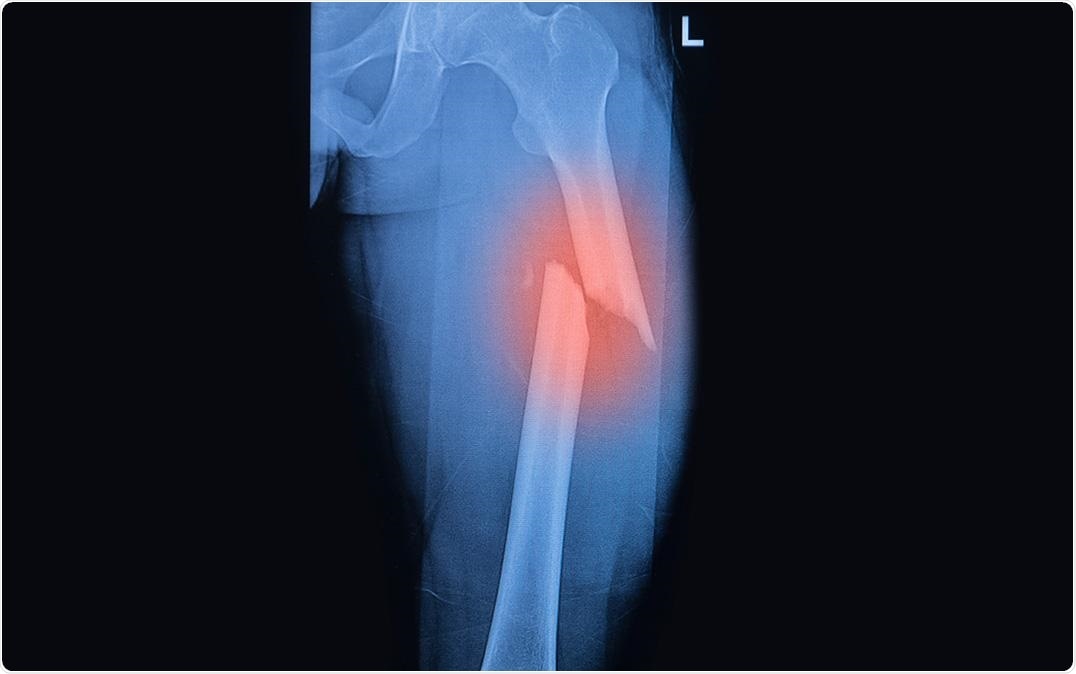Mesenchymal stem cells (MSCs) are anticipated to harbor great potential in the area of regenerative medicine, which aims at restoring damaged tissues. Yet, the in vivo plasticity of these MSCs was not much comprehended to date. Scientists discovered a subpopulation of MSCs that assist in the healing of bone fractures and showcase increased capability to differentiate into different cell types.

Image Credit: Image by Praisaeng/Shutterstock.
MSCs are seen in the bone marrow, and are “multipotent”—they can renew themselves and transform into different specialized cell types, like fat, bone, and cartilage cells. The scientists earlier created a mouse line that uses green fluorescent protein to emphasize cells expressing a particular molecule called CD73.
Bone marrow studies in the mouse showed that a subpopulation of MSCs expressed CD73, along with the sinusoidal endothelial cells (sECs) that are part of the vascular system of the bone marrow.
The CD73-positive MSCs proliferated more than the CD73- negative MSCs, and had a greater potential to differentiate into various cell types. This indicated that this group of MSCs might be specifically efficient for bone repair. The scientists hence went on further to analyze the functions of the CD73-positive MSCs in fracture healing.
As a fracture heals, it advances through different stages. The stages include clotted blood development at the fracture, which gets replaced by a callus of fibrous tissues and cartilage, succeeded by the development of a hard bony callus. The bone is later remodeled, as regular bone replaces the hard callus, and the bone returns to its original shape.
The generation of the callus is critically dependent on the recruitment of MSCs from the surrounding tissue and the bone marrow. Therefore, fracture healing models are helpful for exploring the cellular dynamics of MSC migration and differentiation during tissue regeneration.”
Kenichi Kimura, Study Lead Author and Assistant Professor, University of Tsukuba
The researchers were able to see the CD73-positive MSCs migrating towards the site of the fracture and developing into new cartilage and bone cells to heal the fracture. The CD73-positive sECs were also involved in the healing of the fracture, as they assisted in the “neovascularization” mechanism—the development of new blood vessels to aid the healed bone.
Eventually, the researchers grafted CD73-positive MSCs into the area of a fracture, which noticeably improved the healing mechanism compared to the ones grafted into CD73-negative MSCs.
The identification of this subpopulation of MSCs could be of great benefit for regenerative medicine and the treatment of fractures.”
Kenichi Kimura, Study Lead Author and Assistant Professor, University of Tsukuba
Source:
Journal reference:
Kimura, K., et al. (2021) Bone marrow CD73+ mesenchymal stem cells display increased stemness in vitro and promote fracture healing in vivo. Bone Reports. doi.org/10.1016/j.bonr.2021.101133.